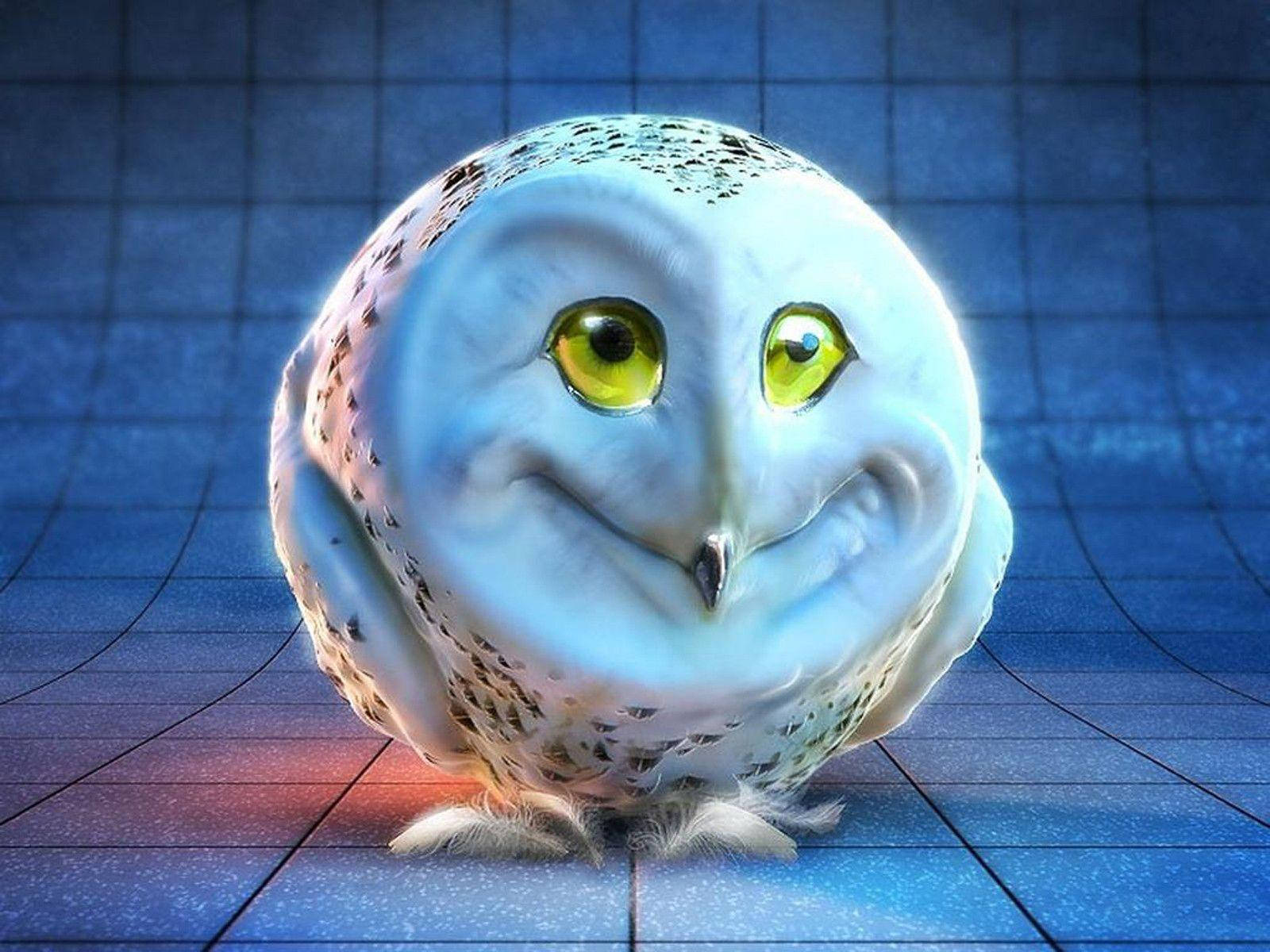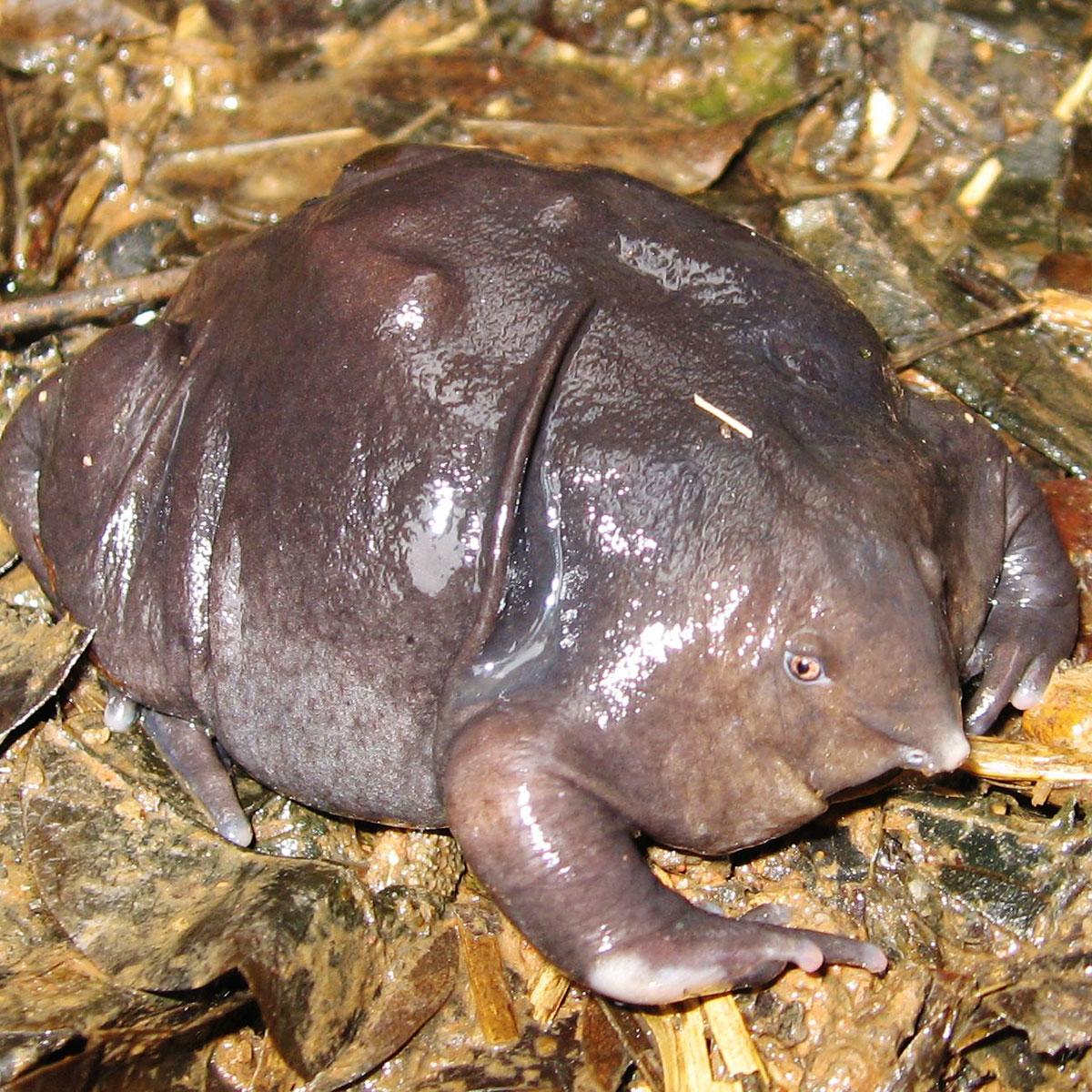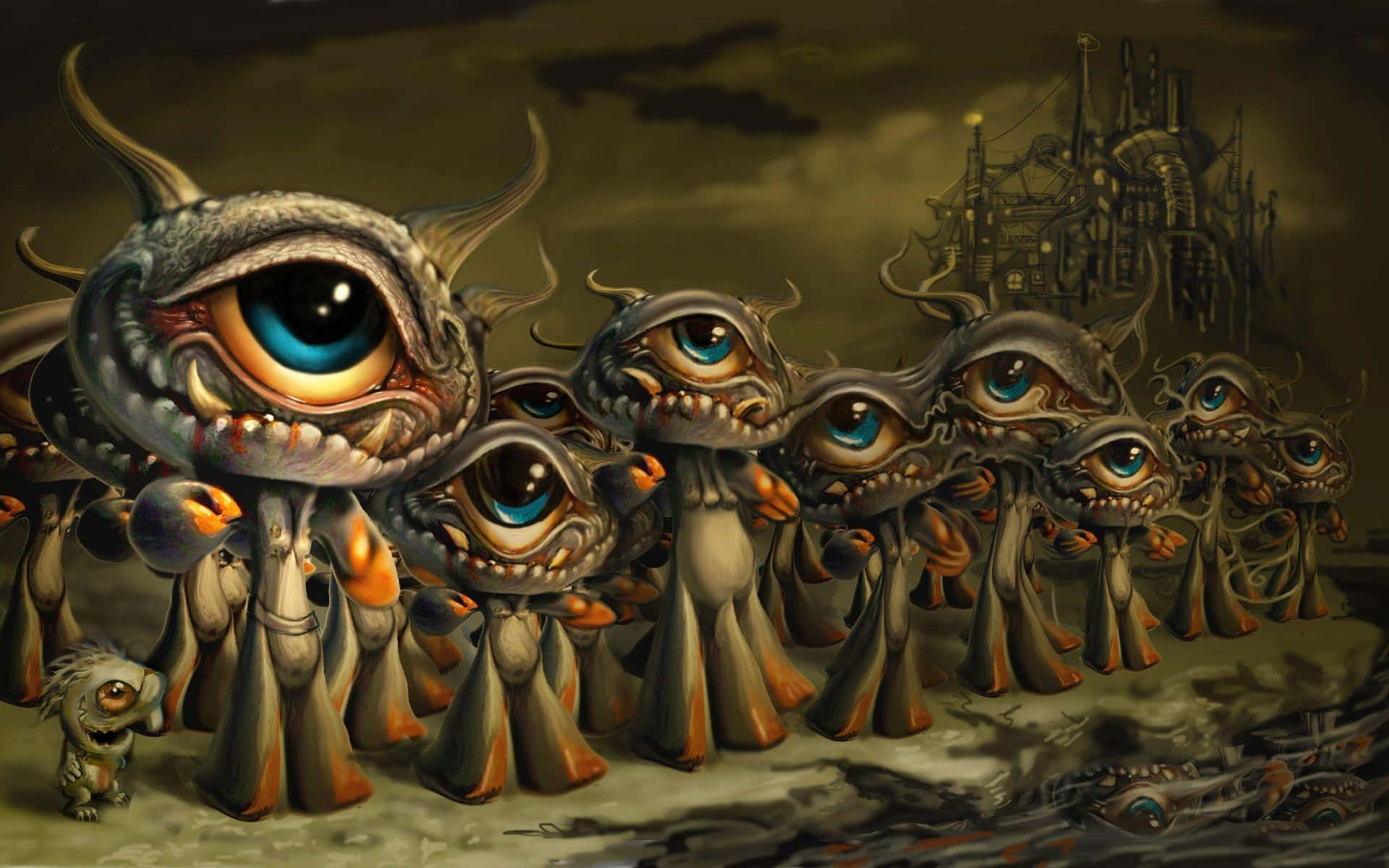The World Of Weird Color Names: Unveiling Obscure Hues
Beyond the primary palette of red, blue, and green lies a captivating universe of truly weird color names. Have you ever paused to consider that the spectrum of human vision, and indeed, human language, extends far beyond the familiar? This article invites you on an enthralling journey to explore the most unusual and interesting color names out there, delving into their intriguing origins, surprising meanings, and even their practical applications through hex and RGB codes.
From the subtle blush of 'Almond' to the deep mystery of 'Obsidian', these unique shades can profoundly enrich your understanding of color, broaden your creative palette, and inspire your next artistic endeavor or home renovation project. Prepare to discover how these elusive hues can change the way you perceive the world around you, one bizarre and beautiful name at a time.
Table of Contents
- Beyond the Rainbow: Why "Weird" Color Names Exist
- A Deep Dive into the Origins of Obscure Hues
- Decoding the Shades: Meaning, Origins, and Codes of Weird Color Names
- The Art of Naming: How Paint Companies Get Creative (and Bizarre)
- Expanding Your Creative Palette with Unique Shades
- The Psychology and Perception of Unusual Colors
- Unveiling More Hidden Gems: A Thesaurus of Hues
Beyond the Rainbow: Why "Weird" Color Names Exist
Our everyday language often limits us to a handful of basic colors. We say "blue" when we could mean anything from sky blue to navy, or "red" when it might be crimson or scarlet. But the human eye can distinguish millions of distinct shades, and throughout history, various cultures, industries, and artistic movements have felt the need to articulate these nuances with greater precision. This is where the world of **weird color names** truly comes alive. These aren't just whimsical inventions; they often serve a crucial purpose in differentiating subtle variations, capturing specific moods, or referencing unique sources. Consider the complexity of describing a particular shade of green. Is it the green of a fresh spring leaf, the deep emerald of a jewel, or the murky green of pond scum? Each requires a distinct descriptor. Over centuries, as pigments were discovered, textiles dyed, and art flourished, a rich vocabulary of color emerged. This vocabulary wasn't always systematic; it was organic, growing out of necessity, observation, and sometimes, pure poetic license. The existence of these peculiar names speaks to humanity's enduring fascination with color and our constant quest to categorize and communicate its infinite variations. They are a testament to our desire to capture the fleeting beauty of the world in words, making the invisible visible through a shared linguistic understanding.A Deep Dive into the Origins of Obscure Hues
The origins of many **weird color names** are as fascinating as the colors themselves. They often tell stories of forgotten trades, exotic locales, historical events, or even the whimsical imagination of an artist or chemist. Understanding these origins adds another layer of appreciation to the colors, transforming them from mere visual stimuli into cultural artifacts.From Nature's Palette: Botanical and Mineral Inspirations
Many of the most intriguing color names are directly inspired by the natural world. Before synthetic dyes, colors were painstakingly extracted from plants, minerals, and even insects. Their names often reflected their source: * **Phlox:** This vibrant purplish-pink color takes its name directly from the Phlox flower, known for its bright, often star-shaped blooms. It's a testament to the botanical world's enduring influence on our color vocabulary. * **Quercitron:** A rather obscure yellow, Quercitron comes from the bark of the Black Oak tree (Quercus velutina). The bark was historically used to produce a yellow dye, especially for wool and silk, making it a valuable commodity in the textile industry. * **Amaranth:** A rich, reddish-purple, Amaranth is named after the Amaranthus plant, particularly the species with deep red or purple foliage and flowers. The word itself comes from Greek, meaning "unfading," referring to the flower's long-lasting color. * **Zaffre:** This deep, intense blue hue has a mineral origin. Zaffre is a crude cobalt oxide, historically used as a pigment in ceramics and glass to produce a vibrant blue. Its name is derived from the Arabic "safra," referring to the color yellow, which might seem counterintuitive, but likely refers to the yellow impurities in the raw cobalt ore, or perhaps the process of obtaining the blue from it. * **Wenge:** A very dark brown, almost black, with a distinctive grain, Wenge is named after the tropical timber tree, Millettia laurentii. The wood is highly prized for furniture and flooring, and its natural color has lent its name to this deep, rich shade.The Human Touch: Historical and Cultural Significance
Other peculiar color names are born from human ingenuity, historical events, or even morbid curiosity. These names often carry a heavier narrative weight, reflecting the context in which they emerged. * **Dragon's Blood:** Far from being derived from a mythical beast, this deep, reddish-brown color comes from the resin of various trees, primarily from the Dracaena genus. Historically, it was used as a dye, medicine, and varnish, and its striking color led to its evocative name. It's a prime example of a color name that sounds truly bizarre but has a grounded, albeit exotic, origin. * **Puce:** This notoriously unappealing brownish-purple color has a rather gruesome origin. "Puce" is French for "flea," and the color is said to represent the dried bloodstains left by fleas on linen. It gained popularity in late 18th-century France, particularly after a famous dress worn by Marie Antoinette was described as "puce." * **Falu:** A distinctive deep red, Falu is named after the Falu copper mine in Falun, Sweden. The color is derived from the mineral pigments found in the mine's waste, specifically iron oxide. It has been used for centuries as a traditional Swedish house paint, known for its durability and characteristic shade. * **Obsidian:** While Obsidian is a naturally occurring volcanic glass, its color name goes deeper than its physical appearance. As the "Data Kalimat" beautifully puts it, Obsidian is "the color that is imprinted behind your eyelids, the color that primes every blink, and every dream, The color of your very thoughts." It evokes a profound, absolute blackness, hinting at the depths of the mind and the void, making it one of the most evocative and **weird color names**.Decoding the Shades: Meaning, Origins, and Codes of Weird Color Names
To truly appreciate and utilize these unique shades, it's helpful to understand their technical specifications. Colors on screens and in digital design are often defined by Hexadecimal (Hex) codes and Red, Green, Blue (RGB) values. Hex codes are six-digit alphanumeric codes (e.g., #RRGGBB) representing the intensity of red, green, and blue light, while RGB values are a triplet of numbers (0-255) indicating the same. Knowing these codes allows you to reproduce these elusive hues accurately. Here’s a curated list of some of the most intriguing and **weird color names**, complete with their meanings, origins, and representative codes: * **Acid Green:** A bright, almost neon green with a yellowish tint, often associated with a somewhat corrosive or artificial feel. * Meaning/Origin: Evokes the intense, often unnatural color of certain chemical reactions or glowing substances. * Hex: #B0BF1A * RGB: (176, 191, 26) * **Aero:** A light, airy blue, reminiscent of the sky at high altitudes or the color of a clear atmosphere. * Meaning/Origin: From "aerospace" or "aerial," suggesting lightness and openness. * Hex: #7CB9E8 * RGB: (124, 185, 232) * **Aero Blue:** A slightly paler, more pastel version of Aero, softer and more ethereal. * Meaning/Origin: A variant of Aero, emphasizing its light, atmospheric quality. * Hex: #C9FFE5 * RGB: (201, 255, 229) * **Aerospace Orange:** A distinct, bright orange, often seen on equipment or uniforms related to aerospace, signifying high visibility and safety. * Meaning/Origin: Functional color used in the aerospace industry. * Hex: #FF4F00 * RGB: (255, 79, 0) * **African Violet:** A rich, deep violet with a hint of blue, named after the popular houseplant. * Meaning/Origin: Named after the Saintpaulia plant, native to East Africa. * Hex: #B284BE * RGB: (178, 132, 190) * **Alabaster:** A soft, translucent off-white, resembling the smooth, fine-grained mineral often used for sculptures. * Meaning/Origin: Named after the mineral alabaster, known for its pale, slightly creamy appearance. * Hex: #F2F0E6 * RGB: (242, 240, 230) * **Alloy Orange:** A muted, earthy orange, suggesting the color of certain metal alloys or rust. * Meaning/Origin: Refers to the color of specific metal alloys, often with a slightly metallic or industrial feel. * Hex: #C46210 * RGB: (196, 98, 16) * **Almond:** A delicate, pale yellowish-brown, like the shell of an almond nut. * Meaning/Origin: Named after the color of the almond nut. * Hex: #EFDECD * RGB: (239, 222, 205) * **Periwinkle:** A charming, soft blue with a hint of violet, named after the flower. It often evokes a sense of nostalgia or childlike wonder. * Meaning/Origin: Named after the Periwinkle flower (Vinca minor). * Hex: #CCCCFF * RGB: (204, 204, 255) * **Cornflower:** A medium-blue shade with a slight purple undertone, named after the vibrant blue flower found in cornfields. Often seen as a classic "countryside" blue. * Meaning/Origin: Named after the Cornflower (Centaurea cyanus). * Hex: #6495ED * RGB: (100, 149, 237) * **Puce:** As mentioned earlier, this brownish-purple color with a rather unsavory origin. * Meaning/Origin: French for "flea," referring to dried flea bloodstains. * Hex: #CC8899 * RGB: (204, 136, 153) * **Quercitron:** A specific shade of yellow derived from oak bark. * Meaning/Origin: From the Quercus velutina (Black Oak) tree. * Hex: #E4D00A * RGB: (228, 208, 10) * **Zaffre:** A deep, almost purplish-blue with a mineral origin. * Meaning/Origin: Crude cobalt oxide pigment. * Hex: #0014A8 * RGB: (0, 20, 168) * **Wenge:** A very dark, rich brown, almost black, resembling the exotic wood. * Meaning/Origin: Named after the Wenge tree (Millettia laurentii). * Hex: #645452 * RGB: (100, 84, 82) * **Obsidian:** A profound, absolute black, evoking depth and mystery. * Meaning/Origin: Named after the volcanic glass, but also representing the color of deep thought and dreams. * Hex: #36454F * RGB: (54, 69, 79)The Art of Naming: How Paint Companies Get Creative (and Bizarre)
If you've ever browsed paint swatches at a hardware store, you've undoubtedly encountered some truly bizarre paint shade names. While these names might seem random or even humorous, there's often a method to the maker's madness. Paint companies invest heavily in market research and branding, understanding that a compelling name can significantly influence a consumer's choice. These names are designed to evoke emotion, tell a story, or suggest a particular mood or aesthetic for a space. Instead of simply "light blue," you might find "Whispering Sea" or "Morning Mist." For our list of **weird color names**, this marketing strategy takes an even more interesting turn. Names like "Elephant's Breath" (a Farrow & Ball grey) or "Dead Salmon" (a muted pinkish-brown) are intentionally provocative. They stand out, create curiosity, and often become talking points. They might even make you laugh, but they certainly make you remember the color. This clever naming helps differentiate their products in a crowded market, turning a simple pigment into a memorable experience. It taps into our desire for unique expression and the subtle power of suggestion.Expanding Your Creative Palette with Unique Shades
For artists, designers, writers, and anyone with a keen eye for aesthetics, knowing these unique and **weird color names** is like unlocking a secret vocabulary. Moving beyond the basics allows for far greater precision and creativity in describing and utilizing color. Imagine a fashion designer describing a gown as "African Violet" instead of just "purple," or an interior designer suggesting "Alabaster" for a wall instead of "off-white." These specific names conjure more vivid and accurate mental images. In art, these names can inspire new compositions or evoke specific emotions. A painter might be drawn to the raw intensity of "Acid Green" for a contemporary piece, or the historical depth of "Dragon's Blood" for a more traditional work. For writers, these names offer a rich tapestry of descriptive language, adding depth and sensory detail to their narratives. Even in everyday life, recognizing these nuanced shades can enhance your appreciation for the world around you, making you more attuned to the subtle beauty in nature, architecture, and everyday objects. It's about seeing the world with new eyes, informed by a richer understanding of its chromatic diversity.The Psychology and Perception of Unusual Colors
The names we assign to colors can profoundly influence our perception and emotional response to them. While the color itself has an inherent psychological impact (e.g., red for passion, blue for calm), a unique or **weird color name** can add another layer of meaning, shaping our initial impression and even our long-term association with that hue. Consider "Obsidian." The name itself immediately suggests something dark, profound, perhaps even mysterious or intimidating, reinforcing the visual impact of a deep, absolute black. "Acid Green," on the other hand, evokes a sense of artificiality, energy, or even danger, aligning with its vibrant, almost aggressive visual quality. These names don't just label; they prime our minds, setting expectations and influencing our emotional and cognitive response. This phenomenon is particularly powerful in branding and marketing, where a well-chosen color name can create a strong, memorable identity and connect with consumers on a deeper, often subconscious, level. It highlights how language and visual perception are inextricably linked, each informing and enhancing the other.Unveiling More Hidden Gems: A Thesaurus of Hues
The journey through **weird color names** is truly endless. The examples we've explored are just a tiny fraction of the countless unique and fascinating words that describe shades of color in our language. If you stop at the basics, you might just miss out on some of the most vivid and historically interesting shades that exist, each with its own story and charm. For the true color enthusiast, delving into a detailed color thesaurus can be an incredibly rewarding experience, opening up a whole new world of linguistic and visual discovery.Beyond the Basics: Exploring Nuances
Beyond the popular shades, there are hundreds, if not thousands, of specific color names that capture the most subtle nuances. From the almost imperceptible difference between 'Aero' and 'Aero Blue' to the distinct historical weight of 'Puce,' each name offers a precise descriptor. Exploring these nuances allows for greater accuracy in communication and a deeper appreciation for the intricate beauty of the color spectrum. It's about moving from broad strokes to fine details, recognizing that every shade has its own identity and story waiting to be discovered.Practical Tools for Color Enthusiasts
For those looking to integrate these unique colors into their work or personal projects, various tools can assist. Online color pickers, digital color thesauri, and even comprehensive color charts (often with hex and RGB codes) are readily available. These resources allow you to explore a spectrum of elusive hues, understand their captivating allure, and apply them with precision. Whether you're designing a website, choosing a new wall color, or simply expanding your descriptive vocabulary, these tools make the world of obscure colors accessible and actionable. They empower you to move beyond simple descriptions and embrace the rich, diverse language of color.Conclusion
Our exploration into the world of **weird color names** has hopefully revealed that color is far more than just a visual phenomenon; it's a rich tapestry woven with history, culture, and human imagination. From the natural inspirations of 'Phlox' and 'Quercitron' to the evocative depths of 'Obsidian' and the bizarre origins of 'Puce', each name tells a unique story, expanding our vocabulary and our perception of the chromatic world. These rare and unusual colors, with their fascinating meanings and origins, offer endless possibilities for enriching your color palette and inspiring your creativity in every aspect of life. The next time you encounter a color, challenge yourself to look beyond the obvious. There's a whole spectrum of elusive hues waiting to be discovered, each with a captivating allure. Do you know any cool color names we can add to this list of weird color names? If so, please leave the color name in the comment or email us. Your insights help us continue this colorful journey!- Boar Corps
- All Uncut Web Series Download
- Jayshree Gaikwad Webseries
- Blackboyaddictionz
- Soviet Seduction Jackerman

Very Strange Wallpapers

Top 10 Weirdest Animals In The World

Download Weird One-Eyed Monsters Picture | Wallpapers.com